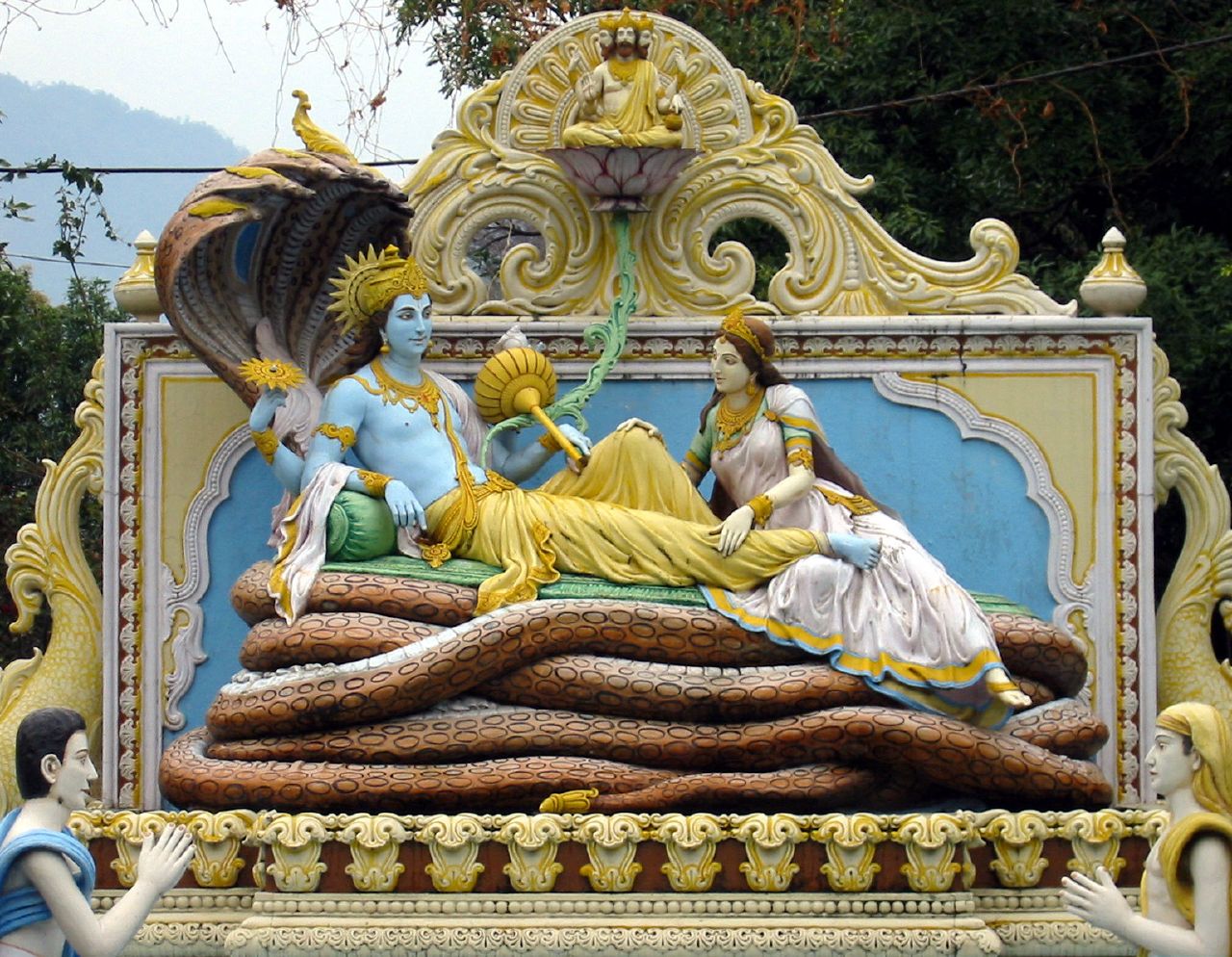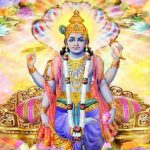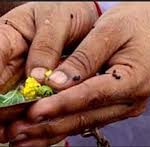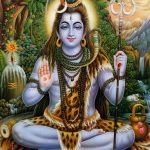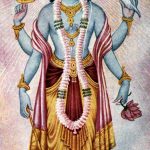Asvina month is one of the prominent months in the Hindu calendar. In the Lunisolar calendar of Hindu origin, Ashvini is the first star appearing in the sky during the evenings. In other words, it is the first Nakshatra among the 27 Nakshatras. It signifies divine twins, the gods of vision and the significance of ayurvedic medicine. It’s also the sign of eternal glow of sunrise and sunset.
It also signifies the aversion of misfortune and sickness. Famous as the Thai version of Ashwin, Asvina also signifies the warrior that is popular as a knight.
The Importance of Asvina Month
This month is a very prominent month of the Hindu calendar. The spirits of our ancestors descend to earth to receive the favour of good deeds of people. It’s also the time to offer worship to the deities to taste success and experience salvation. The clear sky and blooming lotuses are also significant during this month.
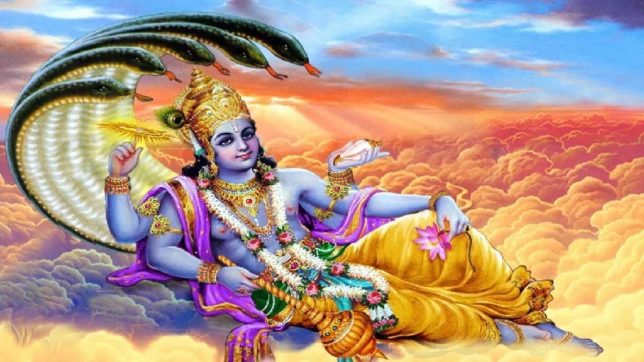
Devotees believe that Lord Vishnu and his consort Lakshmi perform a celestial dance. Hence, this is why its an ideal month for making love.
Prominent Festivals of Asvina Masa
The Month of Asvina also marks the prominence of famous festivals and religious celebrations. Every single festival showcases the power and bear fruits of endless devotion to the deities. The festivals include:
Pitru Paksha
The first day of Pitru Paksha is the beginning of the time where Hindus pay homage to their ancestors. Most often, this is undertaken through food offerings.
Indira Ekadashi
This auspicious occasion is also one of the
Sarvapitru Amavasya
Hindus consider this to be the most significant day of Pitru Paksha that also happens to be the last day. This day is also famous as Sarvapitri Amavasya or Mahalaya Amavasya.
Jivitputrika Vrat
During this significant fasting day, mothers observe Nirjala fasting for the entire day and night. They do this to ensure the well-being of their children.
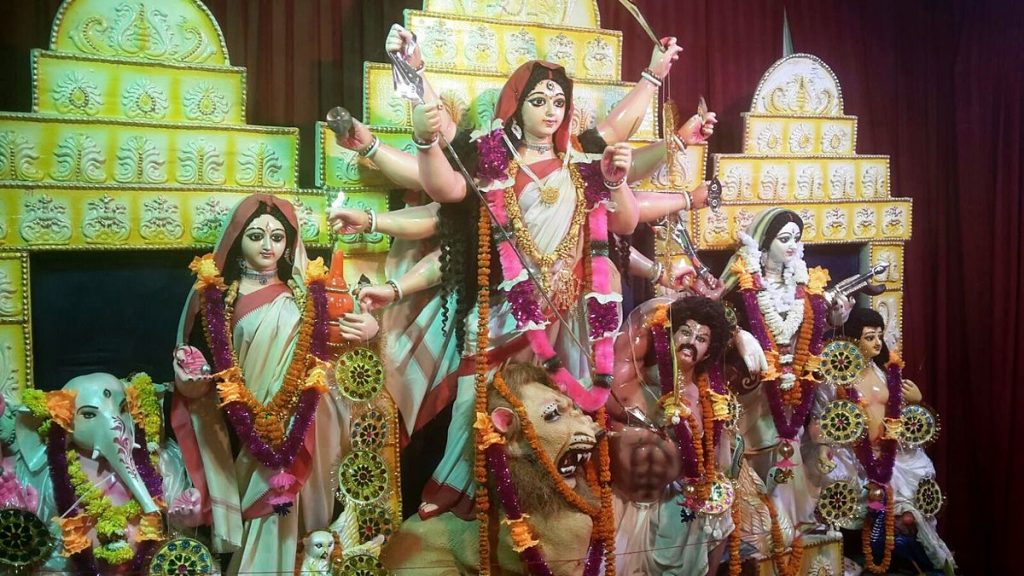
Shardiya Navratri
Shardiya Navratri is the most popular and also the most significant Navratri among all Navratris. Hence, in asvina month, it’s also famous as Maha Navratri.
Saraswati Avahan
This auspicious occasion is the first day of Saraswati Puja during Navratri. Avahan literally means invocation of Goddess Saraswati.
Saraswati Puja
This occasion falls on the second day of Saraswati Puja during Navratri Puja. Devotees also call it Saraswati Pradhan Puja day.
Durga Ashtami
Durga Ashtami famously refers to as Maha Ashtami. Hence, Hindus consider this day as one of the most auspicious days of the Durga Puja festival.
Maha Navami
The nine days of Durga Puja festivity concludes with Maha Navami. The chief Navami Puja begins on completion of Sandhi Puja.

Dussehra
Vijayadashami or Dussehra is one of the most famous and also one of the grandest festivals of Hindu religion. Its celebration in
Papankusha Ekadashi
Papankusha Ekadashi is yet another Ekadashi among the twenty four Ekadashi vrats. Hence, devotees observe this vrat again to seek the blessings of Lord Vishnu.
Sharad Purnima
Sharad Purnima is the only day in the year, as per the devotees, when the moon comes out with all sixteen Kalas.
Lalita Panchami
Lalita Panchami is a fasting day for devotees of Goddess Lalita. It is also famous as Upang Lalita Vrat.
Kojagara Puja
Lakshmi Puja on Purnima Tithi marks the famosu Kojagara Puja. It’s common name is Bengal Lakshmi Puja.
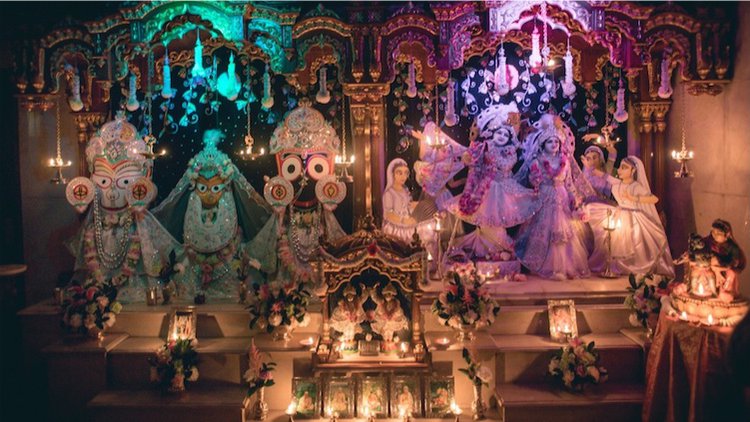
Asvina Month Significance
This month carries names like Aswayuja and overlaps during September and October. It’s also important to note that it precedes Diwali to Tihar. Both are also famous for the festival of lights. According to the Lunar religious calendar, the month of Asvina begins on the onset of the new moon after the autumn equinox.
The Conclusion
Asvina month is a prominent month in the Hindu calendar. It also brings devotees together to celebrate various festivals. It’s also the time where good deeds of devotees reap fruits and make for a fulfilling life. Hence, the month signifies peace, harmony and contributes to overall well being. It also helps create prosperous times ahead.




